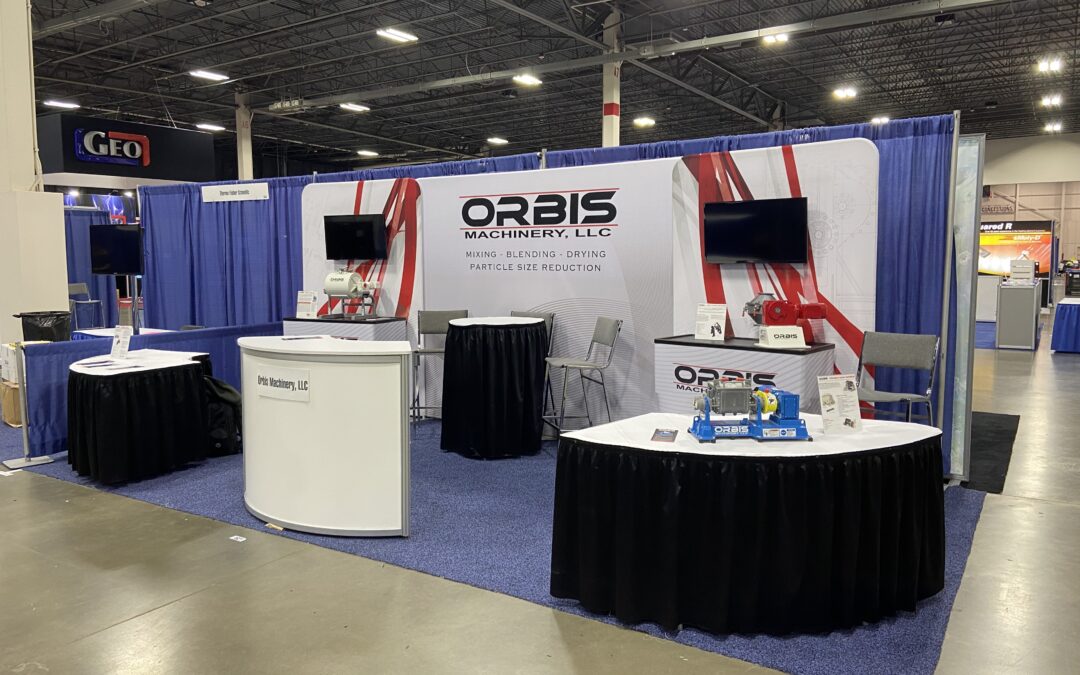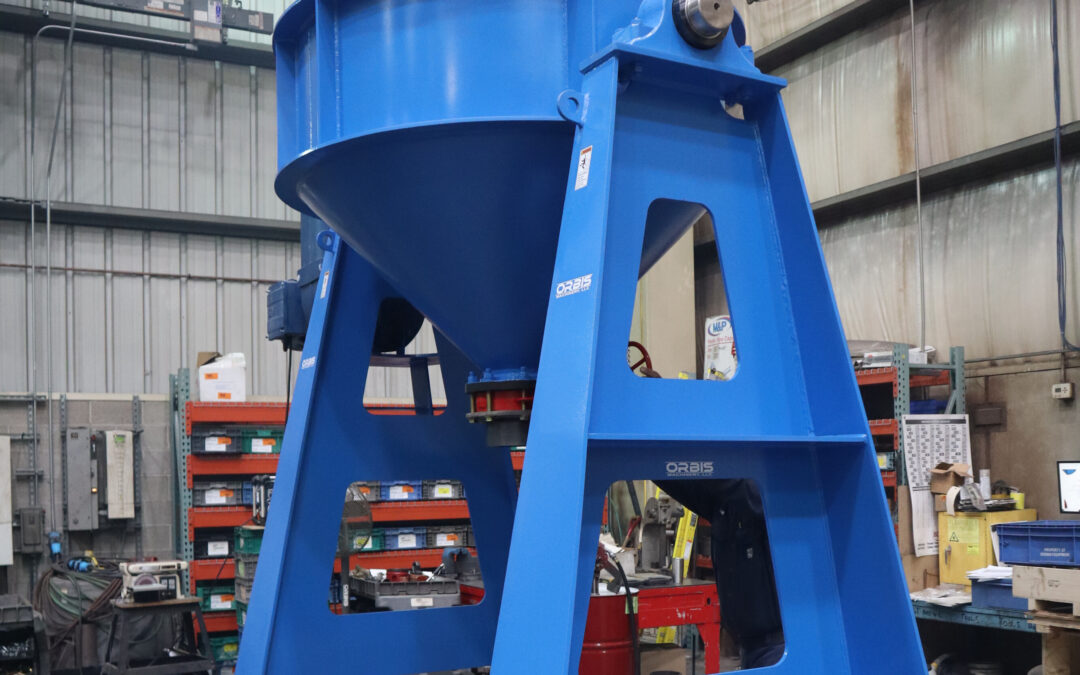Everything we make use of in our day to day activities passes through a milling process. Cement used in building, the cereals we eat, toiletries, paints used in making our house presentable, and the tiles that beautifies the house we live in, all went through a milling process. A ball mill is a grinder which is used to grind, blend and mix materials like chemicals, ores, pyrotechnics, paints, mineral dressing process, paint and ceramic raw materials. Its working principle is impact and attrition. Ball milling have proved to be effective in increasing solid-state chemical reactivity and production of amorphous materials. Milling operations are carried out either wet or dry.
Knowing which machines or processes to use in manufacturing your products could be a bit difficult without a guide, the differences between wet ball milling and dry ball milling are as written below:
Power
The difference between the result gotten from using wet and dry milling are most of the time very large. This difference is attributed to the power. The power to drive a wet ball mill is said to be 30% lesser than that of a similar dry ball mill.
Nature Of Materials
In the production of some products both wet ball and dry ball milling processes are required. The grinding of the raw mix in a cement plant, can be carried out either wet or dry but because of the nature of the cement can, grinding it has to be carried out dry.
Quality
The quality expected will be the determinant of which ball milling process to be used. For example, if pyrotechnic materials is grounded dry, it gives a product superior characteristics compared to the one which was grounded wet. The grinding of aluminium for the preparation of paint is most of the time carried out using a wet milling process since the method introduces stearic acid, or other antiflocculent
Environment
The advantages Wet ball milling has over dry milling are higher energy efficiency, lower magnitude of excess enthalpy, better heat dissipation and absence of dust formation because of the aqueous environment it is being performed.
Particle Size Reduction
Milling the powder in the wet or dry state produces different results. Wet ball milling processes produces smaller particles, compared to dry ball milling process.
Introduction Of Active Surface Media
Wet ball milling allows easy introduction of surface active media having to do with the reduction of the required energy for the inhibition of aggregation of fine particles. Due to wide adoption, it is only theoretically possible to introduce such material or substance in gaseous or vapour form into dry ball milling. The only practicable method of introducing substance in gaseous form is wet ball milling.
Cost
In the production of ethanol, wet ball milling is the process used, because of its versatile process. It produces more products than dry ball milling, but in terms of efficiency, capital, and operating cost, most ethanol plants in the USA prefer to use dry ball milling process. In other words, dry ball milling is cost efficient in ethanol production than wet ball milling.
With the above, you should be able to weigh which of the ball milling process is appropriate and cost efficient for your production needs.
“Ball Mill.” Ball Mill – an Overview | ScienceDirect Topics, 2016, www.sciencedirect.com/topics/chemistry/ball-mill.
“Dry Grinding VS Wet Grinding.” Mineral Processing & Metallurgy, 15 June 2018, www.911metallurgist.com/blog/dry-grinding-vs-wet-grinding.
Kozlowski, Charles. “Wet vs. Dry Milling.” UIowa Wiki, 11 May 2009, wiki.uiowa.edu/display/greenergy/Wet vs. Dry milling.



